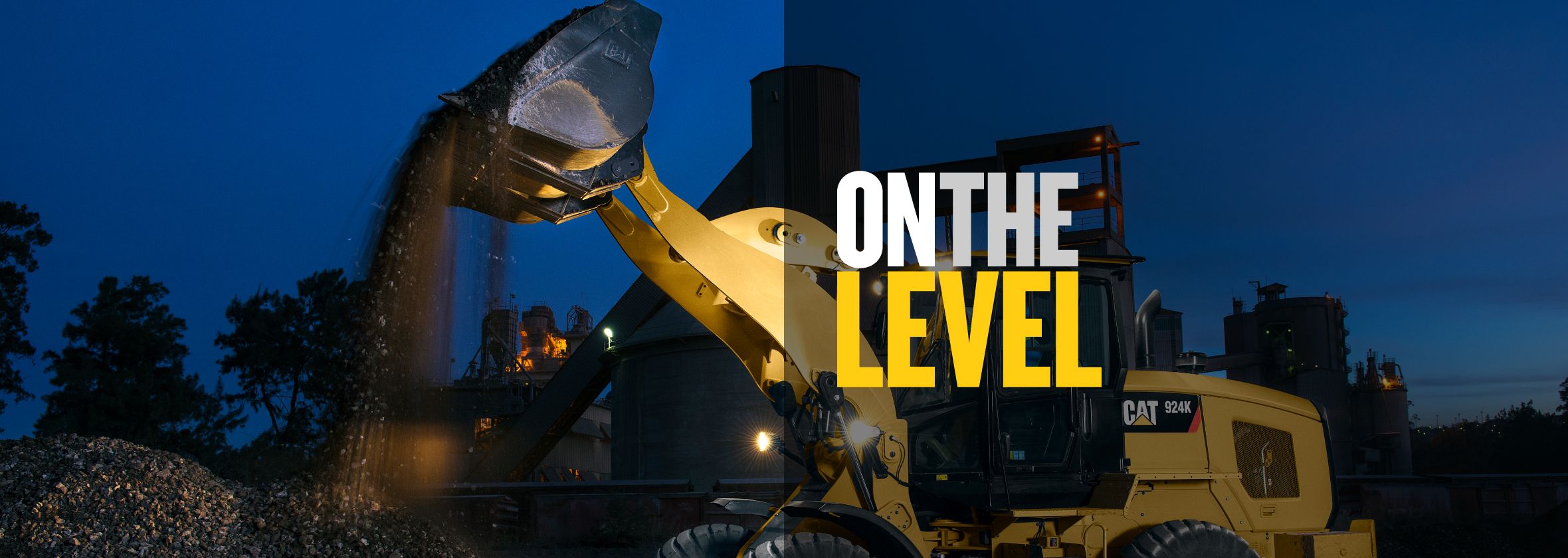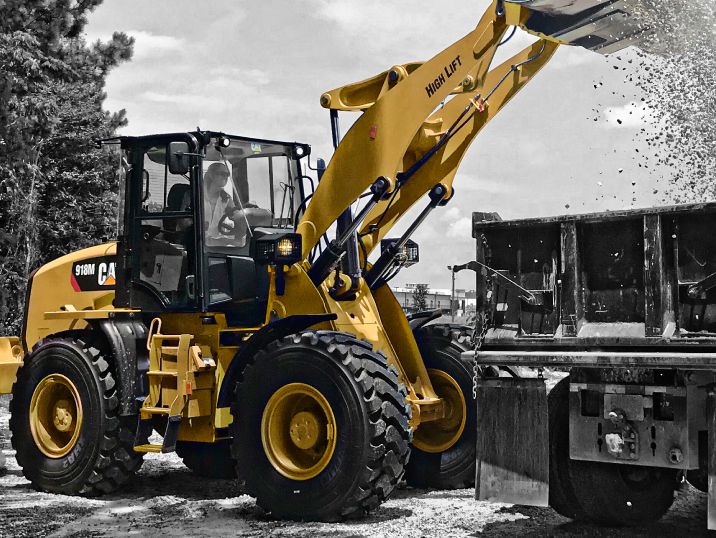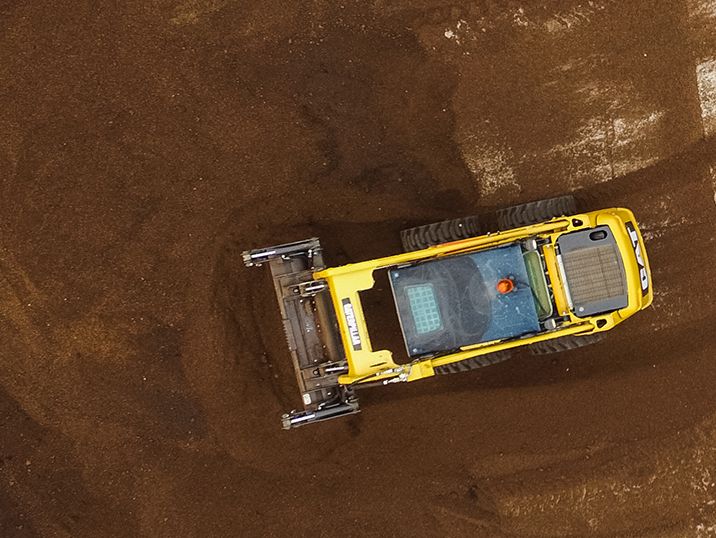

Sign In
Welcome! Sign In to personalize your Cat.com experience
If you already have an existing account with another Cat App, you can use the same account to sign in here
Register Now
One Account. All of Cat.
Your Caterpillar account is the single account you use to log in to select services and applications we offer. Shop for parts and machines online, manage your fleet, go mobile, and more.
Account Information
Site Settings
Security
Configuring Wheel Loaders to Tackle Your Workload
Dani Watson | Construction Marketing Consultant
When configuring a wheel loader for purchase or rental, the first thing to consider is the primary application it will be performing. Will you be utilizing the machine for basic bucket and fork work? If so, how much weight will you be lifting and how high will you need to lift it? In this case, it’s important to take a look at the machine’s full turn static tip load (FTSTL) and lift height. We reached out to our compact wheel loader product team to learn more about how these configurations break down.
- The FTSTL defines the amount of bucket material weight it will take for the machine to tip when the loader arms are level and the machine is fully articulated.
- The rated load for a bucket is 50% of the FTSTL, and can be up to 80% of the FTSTL for a set of forks. It can guide you as to how much the machine can safely lift while in operation. Depending on the ground condition, you may be able to safely operate the machine at a reduced factor; however, using rated load as a guide is a good starting point.
- For example, if you need to be able to lift 6,000 pounds of material in the bucket, you want to select a machine with a 12,000 pound FTSTL and 6,000 pound rated load.
- To properly size the bucket on your wheel loader, a simple rule of thumb is to use the rated load (FTSTL/2) divided by the material density. This will give you your target bucket size.
- If your application requires loading a truck or hopper with a tall height, you may want to consider a machine with a high lift linkage option or purchasing a rollout bucket to help increase dump height.
Something to keep in mind—a machine with higher horsepower doesn’t translate to a higher FTSTL and vice versa. If the loader is properly designed, horsepower will never translate into higher FTSTL.
If your application requires operation of hydromechanical attachments, such as brooms, snow blowers, power box rakes or cold planers, it is important to select a machine with the amount of hydraulic horsepower needed to operate that attachment at maximum performance. Features such as high-flow or four-valve hydraulics may be needed to run specialty tools.
Dimensional requirements are also important factors to consider, especially if you are working on job sites with limited space or if you need to transport the machine to multiple sites. For instance, if the job site has a tight turning area, a larger wheel loader may not be an option since they have a larger turning radius. Will you be using a trailer to transport the machine to each job site? If so, it’s critical to select a wheel loader that fits within the towing capacity of your truck and trailer.
Features that Help Save Time, Reduce Wear and Improve Operator Comfort
So far, we have provided tips on configuring the base wheel loader requirements to match the needs of your application. Additionally, many advanced wheel loaders have special features designed to help reduce owning and operating costs, maximize machine performance and improve operator comfort. These technologies include:
- Ride Control – Uses the lift cylinders as shock absorbers for the payload to take bumps out of the road. This provides a more comfortable ride for the operator if your applications require a considerable amount of roading.
- Cylinder Snubbing – Slows down the implements before you reach the end of the cylinder stroke, creating a smoother operation and improving efficiency with better material retention.
- Rimpull Control – Helps minimize tire spin by allowing you to adjust the torque to match your underfoot conditions.
- Programmable Kickouts – Allows the operator to save lift and tilt positions and recall them with a simple motion of the joystick. On advanced wheel loaders, this can be done inside the cab to provide smooth, predictable loader arm movement.

DANI WATSON
Construction Marketing Consultant
Certified in 6 Sigma Black Belt and Change Management, Dani Watson not only helps manage projects efficiently within Caterpillar, but is an expert communications strategist for Caterpillar’s marketing communications needs.
RELATED ARTICLES
You’re here to get ideas to grow your business. Read on for machine insights and expert tips and tricks to get more out of every job.
-
Cab Technology Helps Boost Productivity
New cab technology in your Cat machine is designed to help you be more productive, work more efficiently and be less fatigued.
Learn More -
How to Use Drones on Construction Job Sites
You can use drones in construction for a wide variety of things, and with the right planning and drone program can give your business detailed, accurate, and real-time information on your site’s progress. This is information you can put to use to improve the quality, accuracy, and efficiency on the job.
Learn More -
Machine Telematics
Harness the data of your machines through telematics subscriptions. Find maintenance problems early, increase productivity and save money by following our telematics guide.
Learn More





